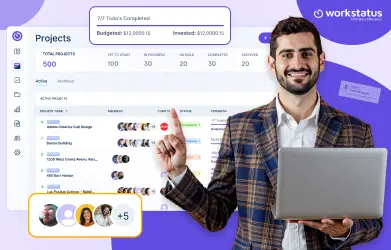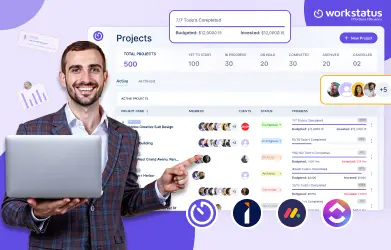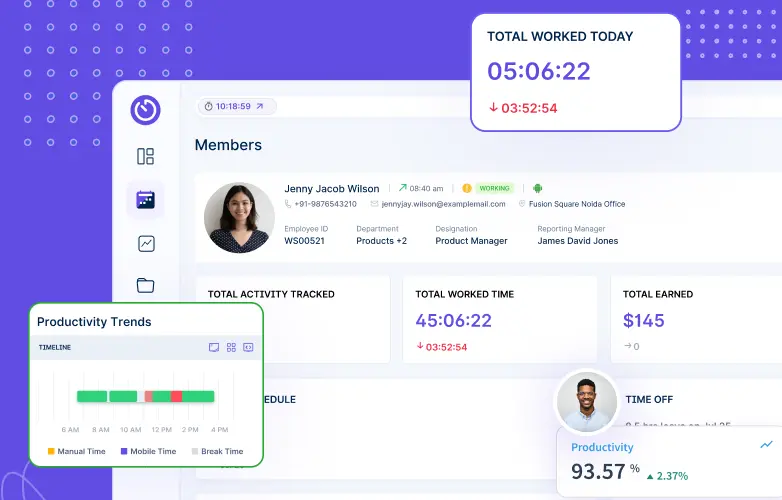Table of Contents
Introduction
Are you tired of project failures derailing your hard work and investments?
Or
Ever wondered how some projects seamlessly navigate challenges while others crumble under pressure?
In project management, success is not just about executing tasks; it’s about foreseeing and mitigating risks effectively.
Did you know?
43% of projects still need to utilize proper risk management techniques; otherwise, it may lead to an increased likelihood of failure.
This staggering statistic underscores the importance of implementing robust risk management strategies in project planning.
In this blog, we will explore the significance of risk management, delve into common causes of project failure, and provide actionable insights on safeguarding your projects from potential pitfalls.
What Are Project Risks?
Project risks refer to uncertainties or potential events that can have either positive or negative effects on the successful completion of a project.
These risks can arise from various sources, including internal and external factors, and may impact different aspects of a project, such as timelines, budgets, quality, and stakeholder satisfaction.
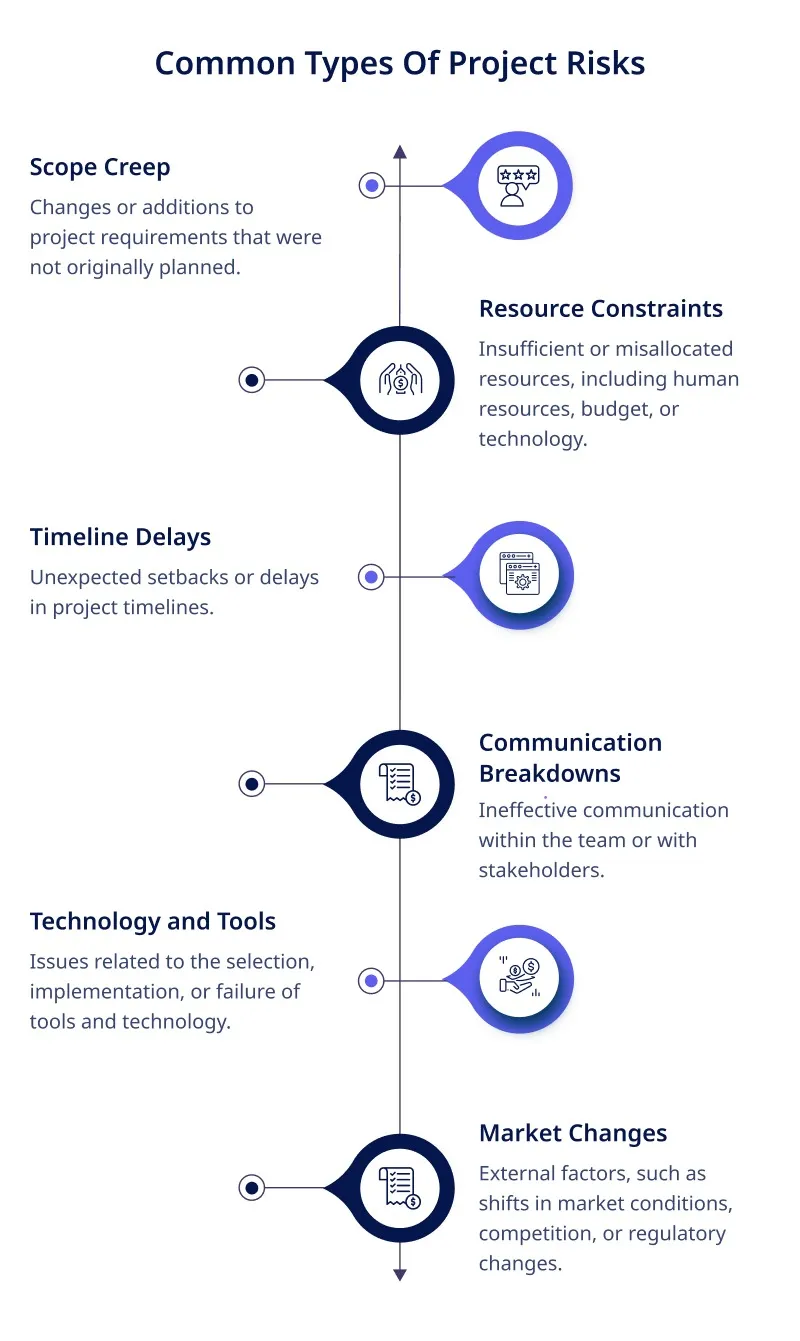
Importance Of Risk Management In Project Success
Risk management is pivotal for project success, offering numerous benefits that enhance overall project performance:
- Informed Decision-Making:
Early identification of potential risks enables informed decision-making, allowing project managers to adjust plans and resources strategically.
- Optimised Resource Allocation:
Risk management aids in efficiently allocating resources, ensuring projects stay within budget constraints and adhere to timelines.
- Increased Stakeholder Confidence:
Transparent risk management builds stakeholder confidence, showcasing a commitment to addressing challenges and delivering successful outcomes.
- Early Issue Identification:
Systematic risk assessment allows for the early identification of issues, preventing minor problems from escalating and impacting project success.
- Adaptability To Changing Conditions:
Continuous risk assessment fosters adaptability, enabling projects to respond effectively to evolving internal and external factors, keeping them aligned with organizational goals.
The Impact Of Unmanaged Risks On Project Failure
The Impact of Unmanaged Risks on Project Failure can have severe consequences across various dimensions, affecting the project and the organization.
Here’s a detailed exploration of each point:
- Budget Overruns:
Lack of financial management of projects can lead to unforeseen expenditures, causing the project to exceed its allocated budget. This can result in financial strain for the organization, impacting its overall fiscal health.
- Timeline Delays:
Failure to address risks promptly may result in missed deadlines and project delivery delays. Timelines are critical in project management, and any deviation can have cascading effects on subsequent tasks and milestones.
- Quality Compromises:
Unmanaged risks can significantly impact the quality of project deliverables. Quality compromises can lead to dissatisfied stakeholders, eroding trust in the organization’s ability to meet expectations and deliver value.
- Reputation Damage:
Project failures can harm the reputation of the organization. Negative perceptions from stakeholders and the wider industry can have long-lasting effects, potentially affecting future project opportunities and collaborations.
- Team Morale:
Continuous exposure to unmanaged risks can demoralize the project team. A demotivated team may experience decreased productivity and heightened stress levels, impacting the work environment.
- Stakeholder Dissatisfaction:
Unmet expectations and project failures can lead to dissatisfaction among stakeholders. This dissatisfaction may result in strained relationships and challenges in securing support for future projects.
- Project Abandonment:
In extreme cases, persistent and unmanaged risks may force a project to be abandoned. This results in a total loss of resources invested in the project and represents a significant setback for the organization’s strategic goals.
Mastering Risk: Challenges, Steps, And Workstatus Solutions
Challenge 1: Uncertain Project Requirements
Dealing with uncertain project requirements is a common challenge that can lead to scope creep, impacting timelines and budgets.
Step Needed: Proactive Identification Of Requirement Changes
To address this challenge, project managers need to proactively identify potential changes in requirements and establish a flexible approach to project development.
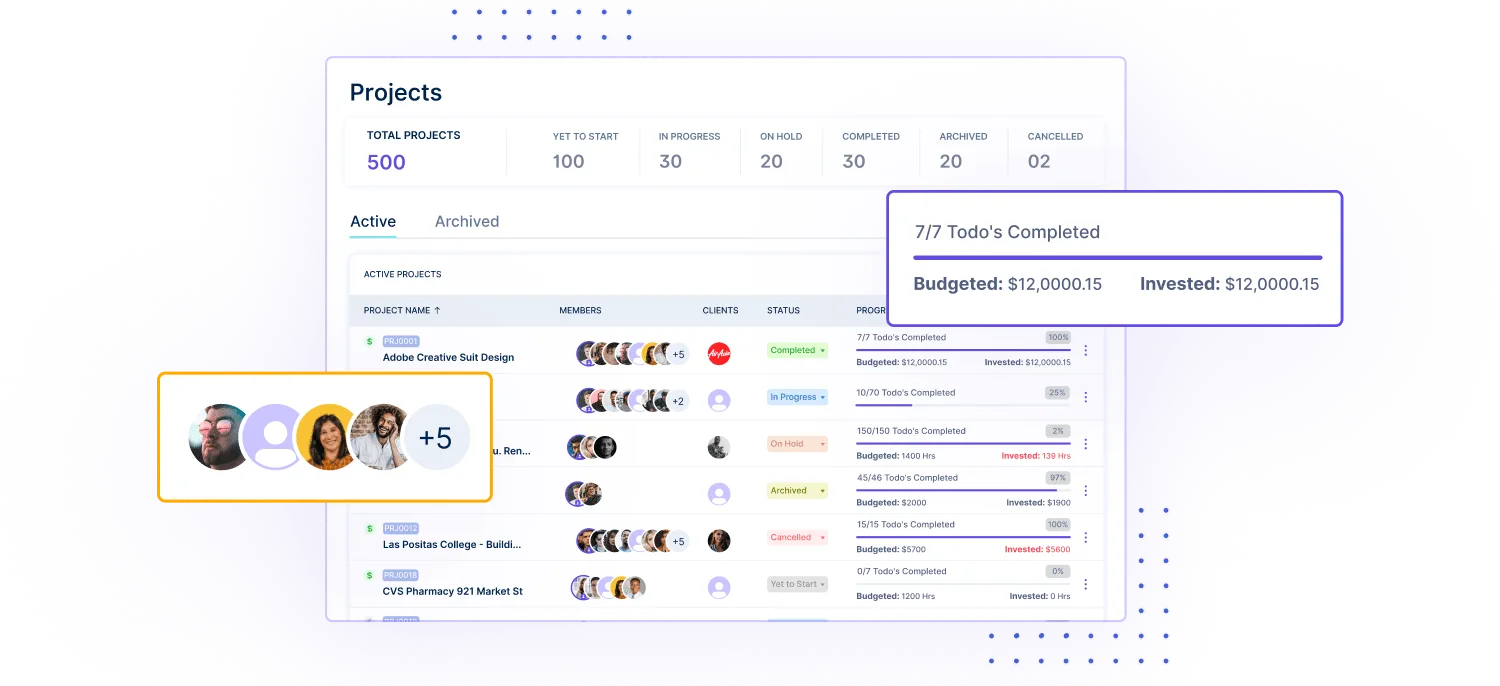
- Agile Workflows:
Workstatus Agile facilitates iterative development and continuous adaptation to changing requirements. It promotes collaboration and communication among team members, fostering a more flexible and responsive project environment.
- Agile Sprint:
Breaking down the project into smaller, manageable sprints with defined goals helps address changing requirements. Workstatus Agile ensures a seamless sprint planning and execution process.
- Project Management & Budgeting:
Utilizing Workstatus Tasks for project management and budgeting allows for effective tracking and management of changes.
This ensures that modifications in requirements align with the project budget, preventing financial risks associated with scope changes.
Challenge 2: Inadequate Monitoring of Employee Productivity
Ineffective monitoring of employee productivity risks project success, as it becomes challenging to identify potential issues such as delays, resource underutilization, or quality concerns.
Step Needed: Implementation of Proactive Employee Monitoring
A proactive approach to employee monitoring, tracking time activities, and ensuring consistent attendance is essential to mitigate this risk.
Time Tracking:
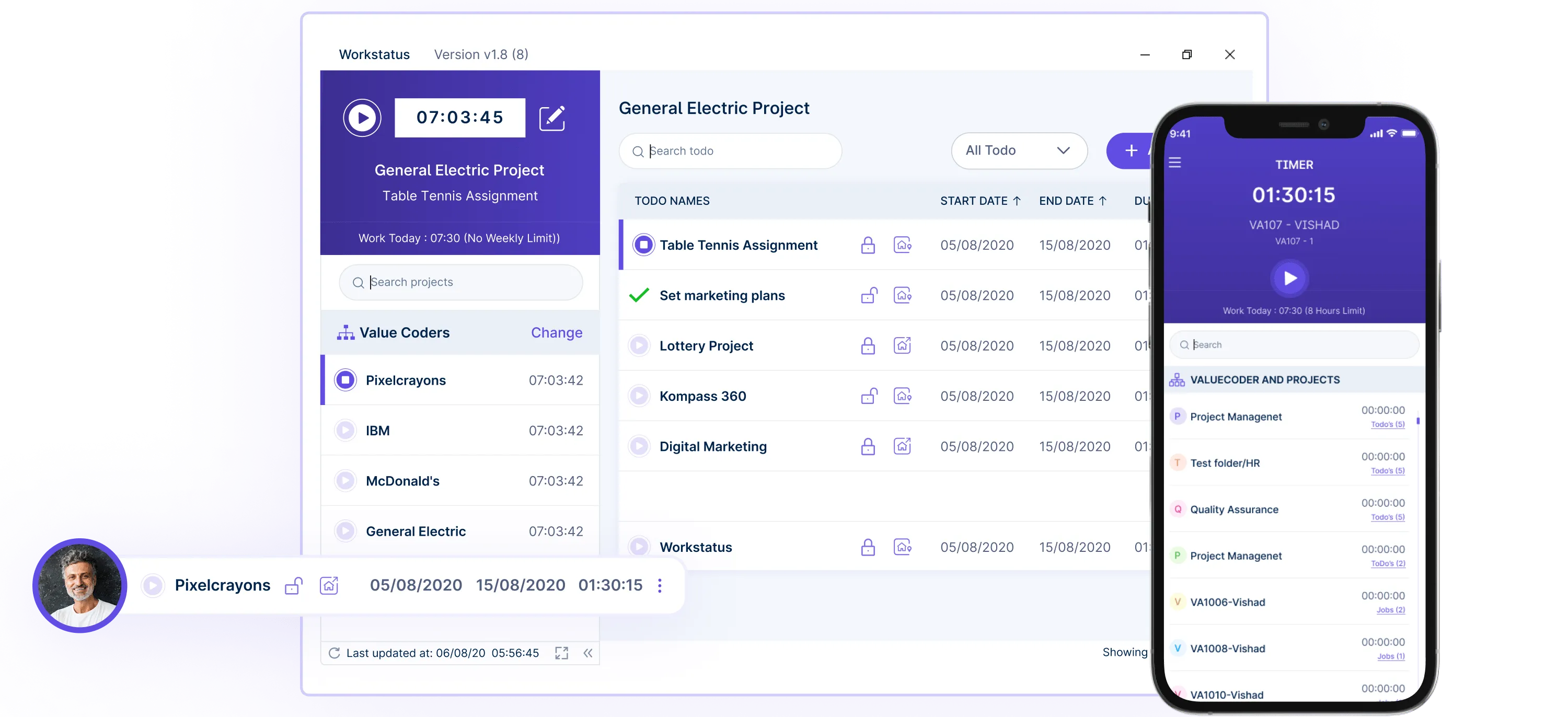
Implementing Workstatus time tracking features allows for monitoring the time spent on various tasks. This provides insights into individual and team productivity, enabling early detection of potential delays or inefficiencies.
- Employee Monitoring:
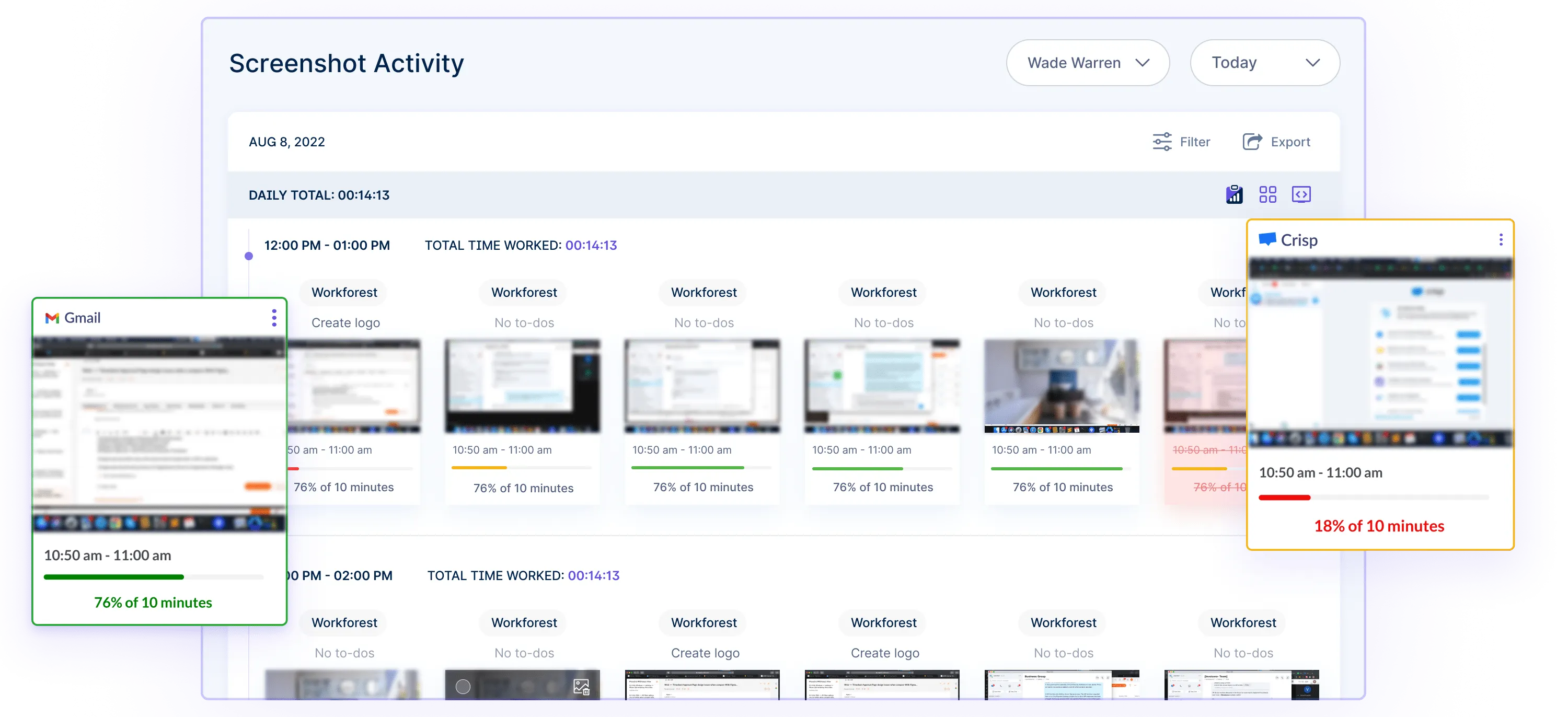
Utilize Workstatus employee monitoring tools to gain visibility into work patterns and identify areas for improvement. Monitoring includes activity levels, task completion rates, and adherence to project timelines.
- Attendance Management:
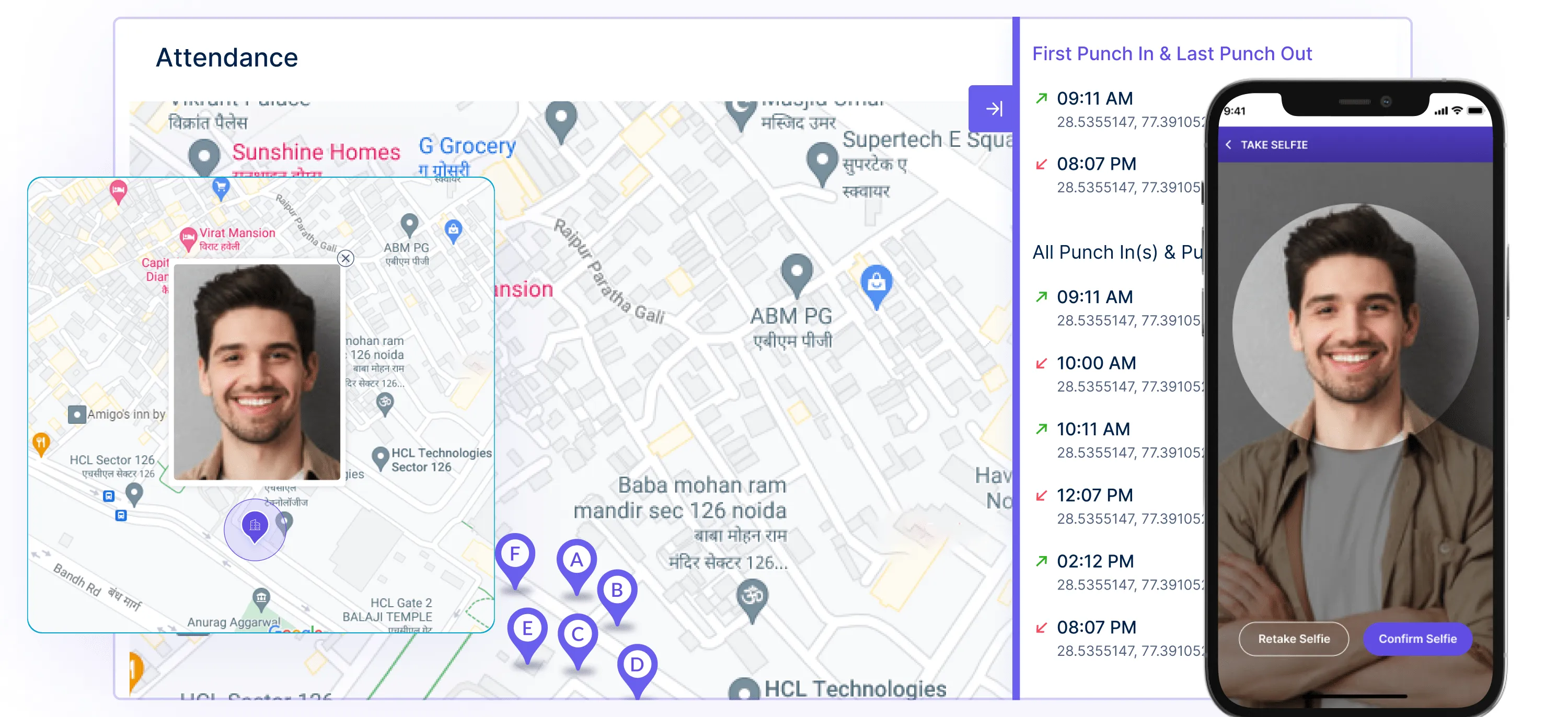
Ensure streamlined attendance management using Workstatus Time & Attendance features to track employee presence accurately.
This helps assess absenteeism’s impact on project timelines and allows for adjustments to resource allocation as needed.
Challenge 3: Ineffective Workforce Coordination
Ineffective workforce coordination can result in disorganized schedules, conflicts, and a lack of alignment with project needs, potentially impacting project timelines and delivery.
Step Needed: Streamlining Workforce Management Processes
To address this challenge, establishing streamlined processes for managing employee schedules, ensuring optimal resource allocation, and minimizing disruptions due to absences becomes crucial.
- Shift Management:
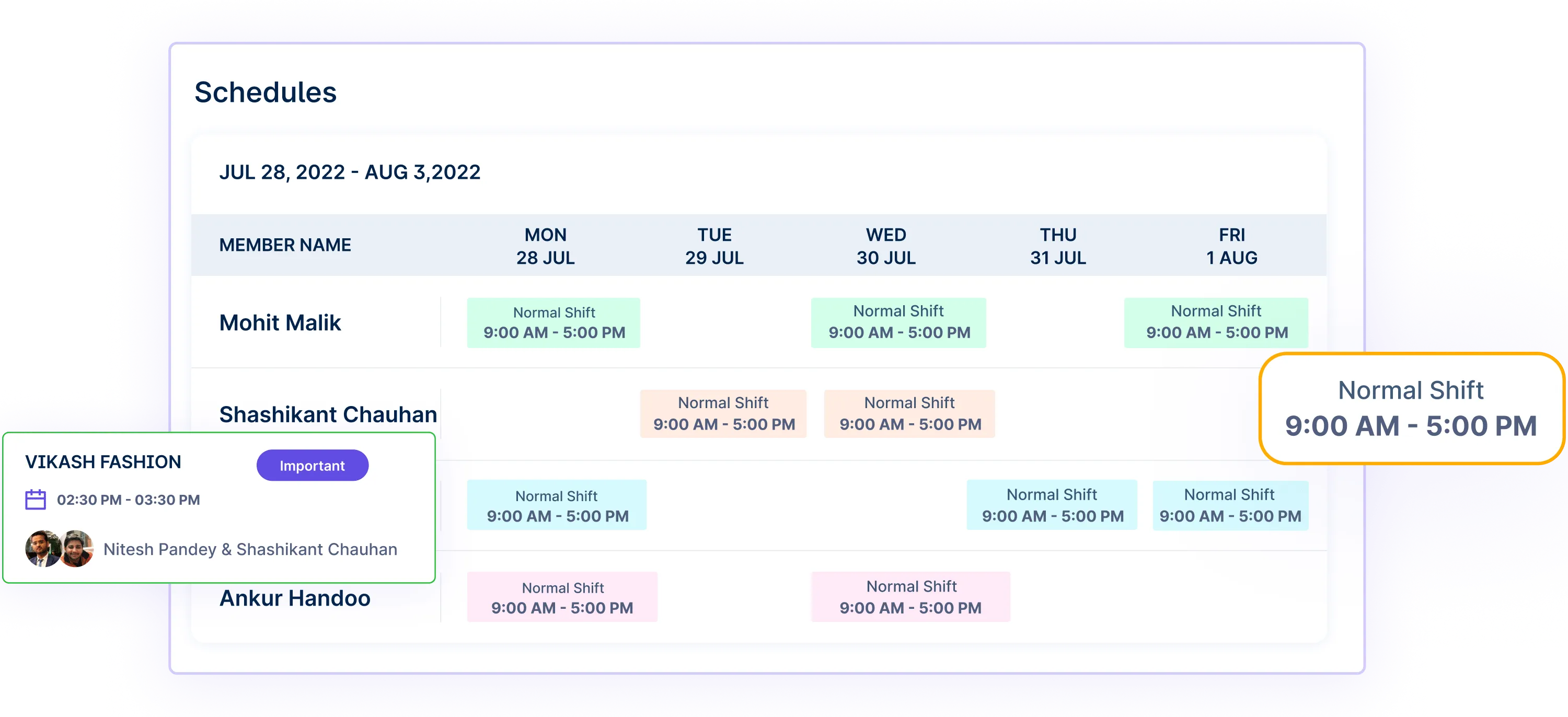
Leveraging Workstatus Scheduling for efficient shift management is essential. This feature allows for creating well-organized work schedules that align with project requirements.
It ensures that the right resources are available at the right time, minimizing the risk of delays due to resource unavailability.
- To-Do List Management:
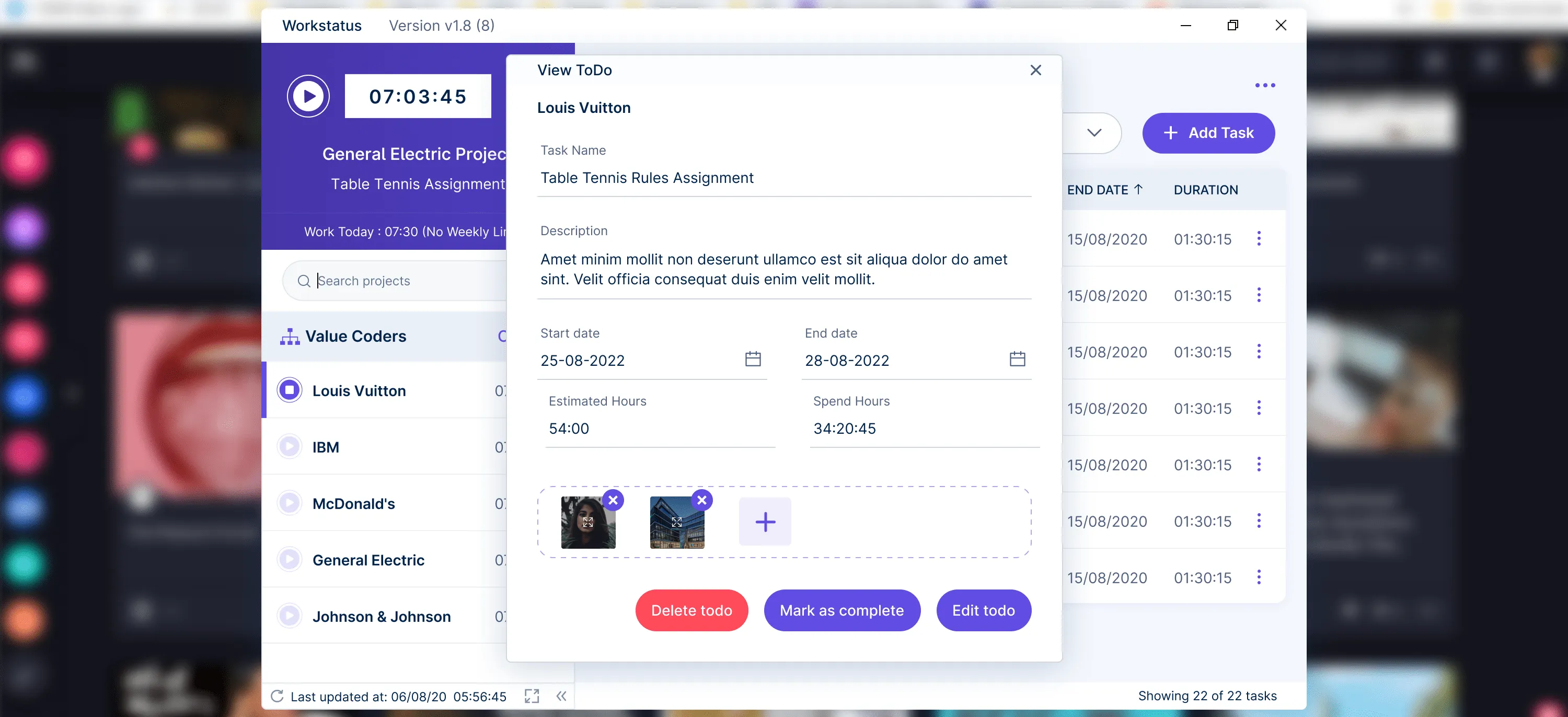
task organization, assigning tasks based on individual skills and project priorities.
It ensures a clear roadmap for each team member, promoting task completion in alignment with project goals.
- Time Off Management:
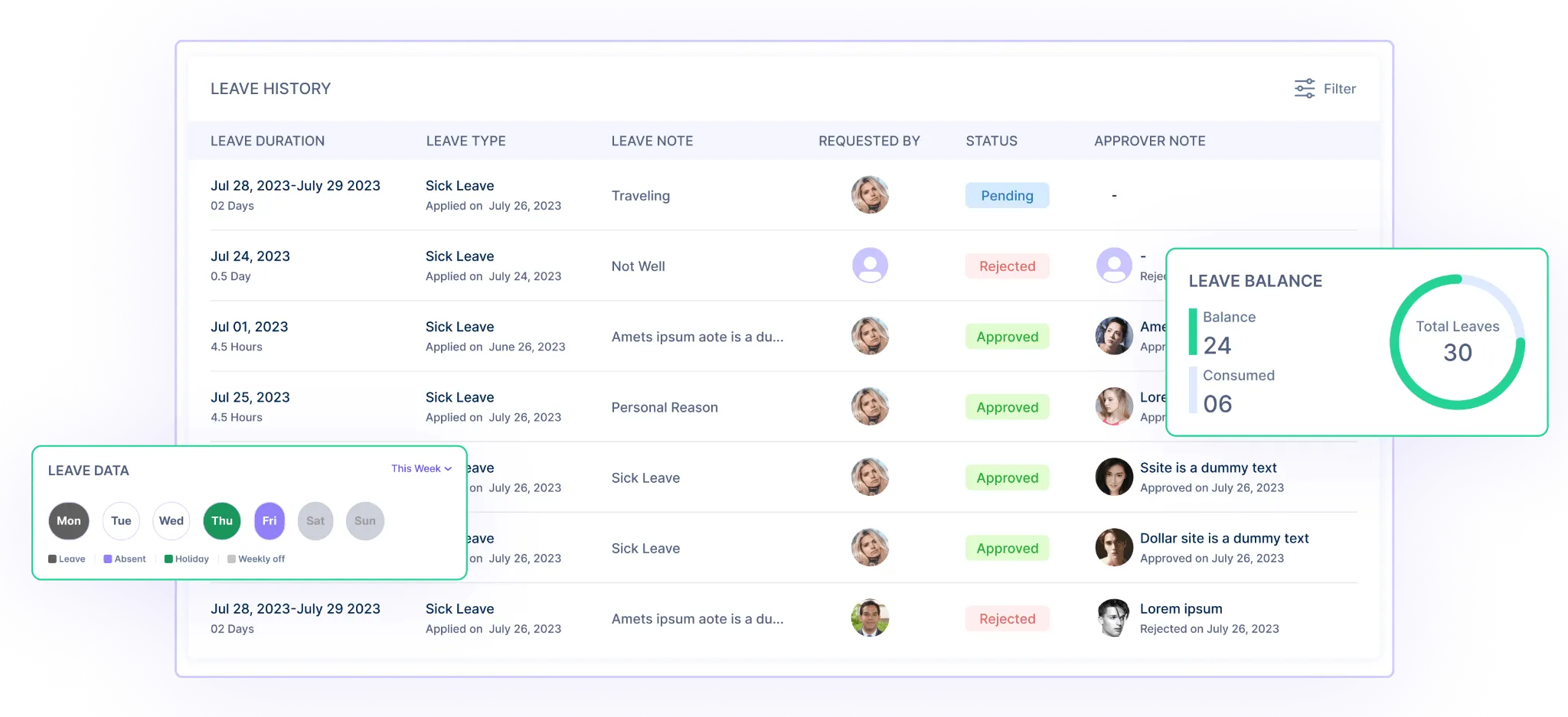
Efficient time off management using Workstatus Time Off features enables the tracking and approval of time off requests.
This ensures that unexpected absences do not disrupt project schedules, reducing the risk of delays and workload imbalances.
Challenge 4: Workload Equity and Overtime Oversight
Balancing workloads and managing overtime is a critical aspect of risk mitigation in project management. Uneven work distribution and untracked over time can lead to burnout, decreased productivity, and potential project delays.
Step Needed: Balancing Workloads and Overtime Management:
Project managers should implement effective workload management strategies to mitigate this risk and ensure accurate overtime hours tracking.

- Workload Management:
Implementing Workstatus Workload allows project managers to distribute tasks evenly among team members, ensuring a balanced workload.
This feature provides visibility into individual workloads, helping prevent burnout and optimizing productivity.
- Overtime Tracker:
Utilise Workstatus Overtime Tracker within the Time Tracking feature. This ensures accurate tracking of overtime hours, enabling project managers to assess workload distribution and make necessary adjustments to prevent project delays.
- Habit Tracker:
Integrate a Habit Tracker App that includes URL monitoring capabilities. This feature allows project managers to track the type of websites or applications team members are accessing during work hours.
By identifying time spent on productive versus non-productive websites, managers can optimize workflow and mitigate risks associated with wasted time.
Challenge 5: Financial Stability Through Invoicing and Analytics
Ensuring financial stability is crucial for project success. Invoicing delays and a lack of comprehensive analytics can pose risks to the project’s financial health and may lead to budget overruns.
Step Needed: Financial Stability through Invoicing and Analytics
Project managers must establish efficient invoicing processes and implement robust reporting and analytics mechanisms to mitigate financial risks.
- Online Invoicing:
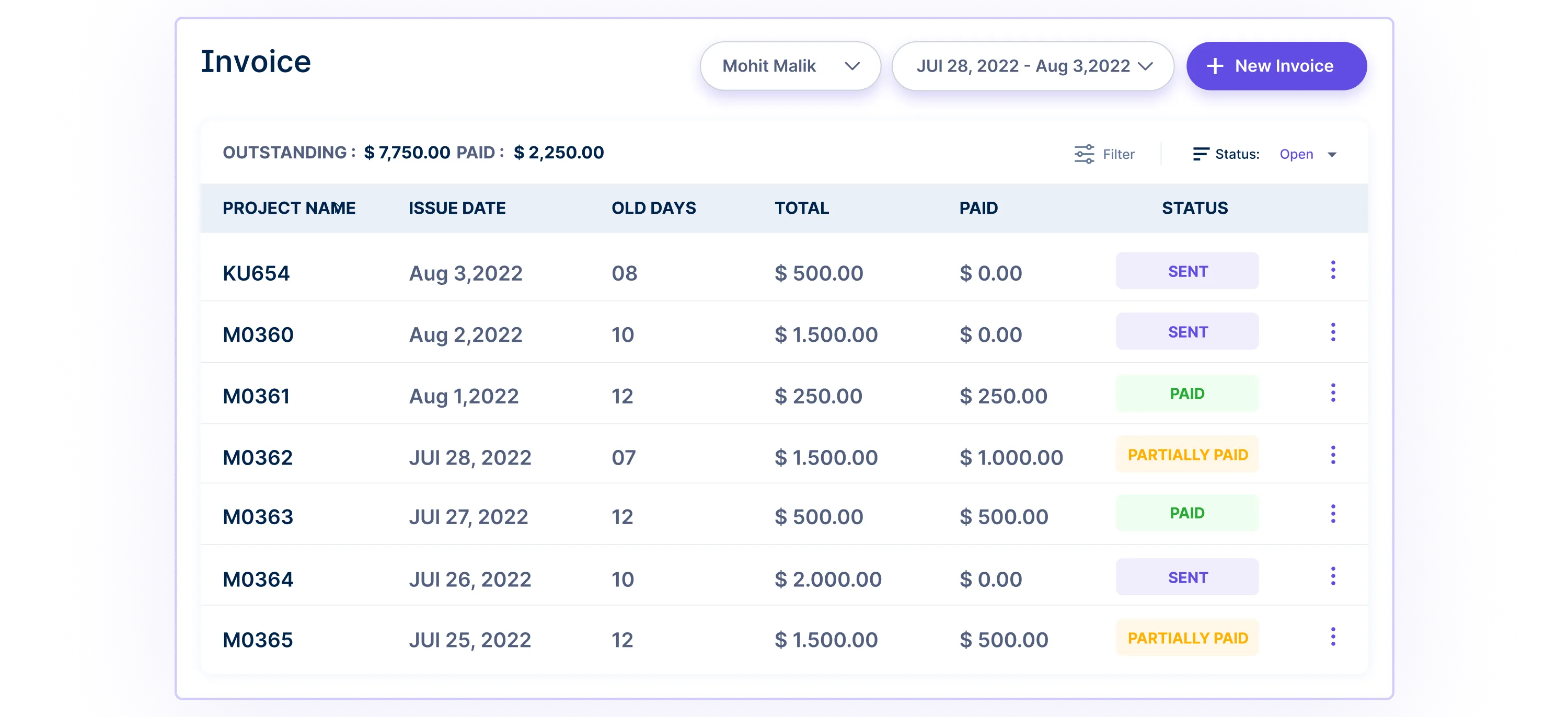
Implement Workstatus Online Invoicing feature to streamline the invoicing process. This ensures timely billing, reducing the risk of delayed payments and contributing to the project’s financial stability.
- Reporting & Analytics:
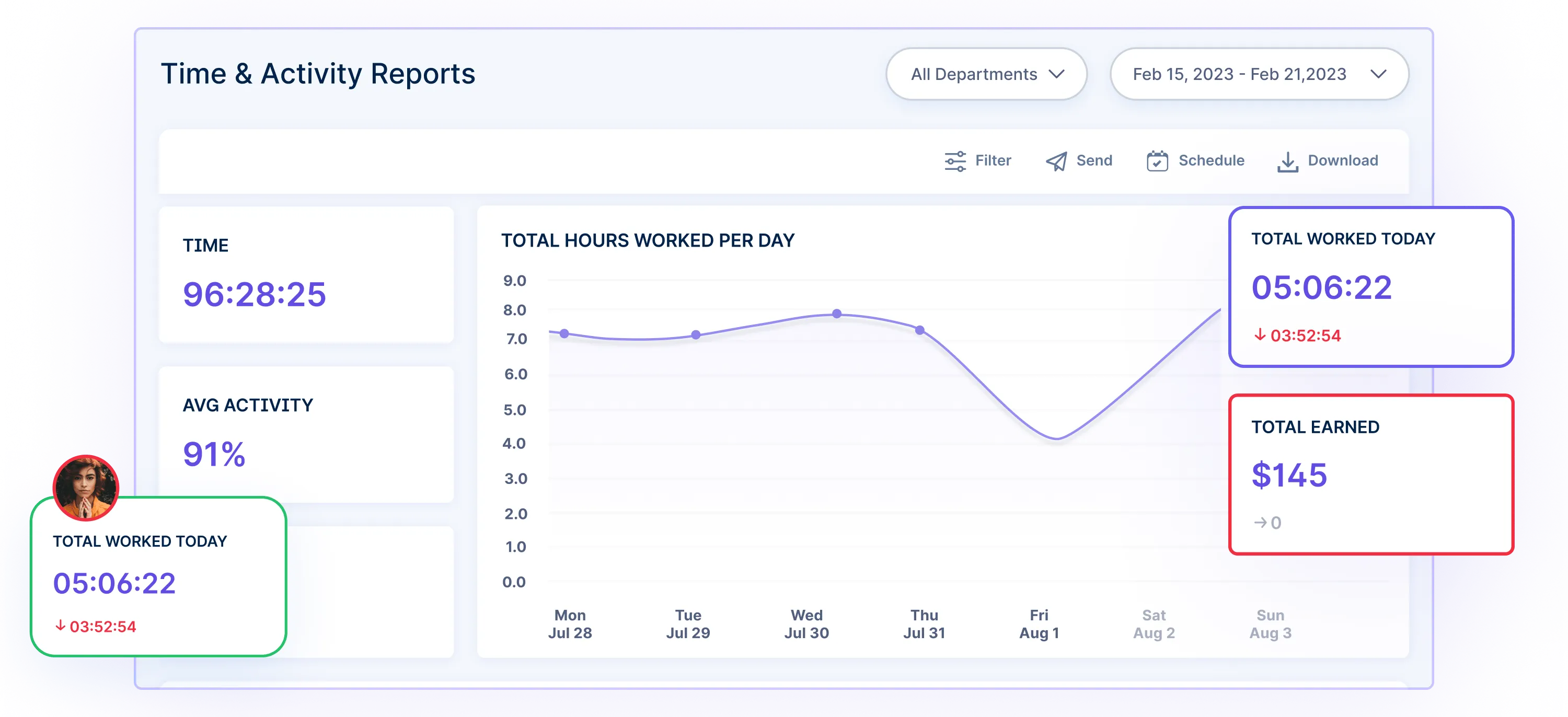
Utilize Workstatus Reporting & Analytics features for comprehensive insights into project performance, budget utilization, and resource efficiency.
This enables project managers to make data-driven decisions, identify potential financial risks early, and take proactive measures to ensure project financial stability.
Conclusion
Effective risk management is paramount to avoiding project failure.
Workstatus’s powerful features, such as transparent task tracking, project planning, communication tools, and real-time monitoring, provide practical solutions to key challenges in the risk management process.
Workforce Analytics powered by AI reports helps you forecast challenges and make timely decisions to avoid risks in the future.
By integrating Workstatus into project workflows, teams can enhance collaboration, prioritize risk management, and make informed decisions, ultimately ensuring successful project outcomes.



